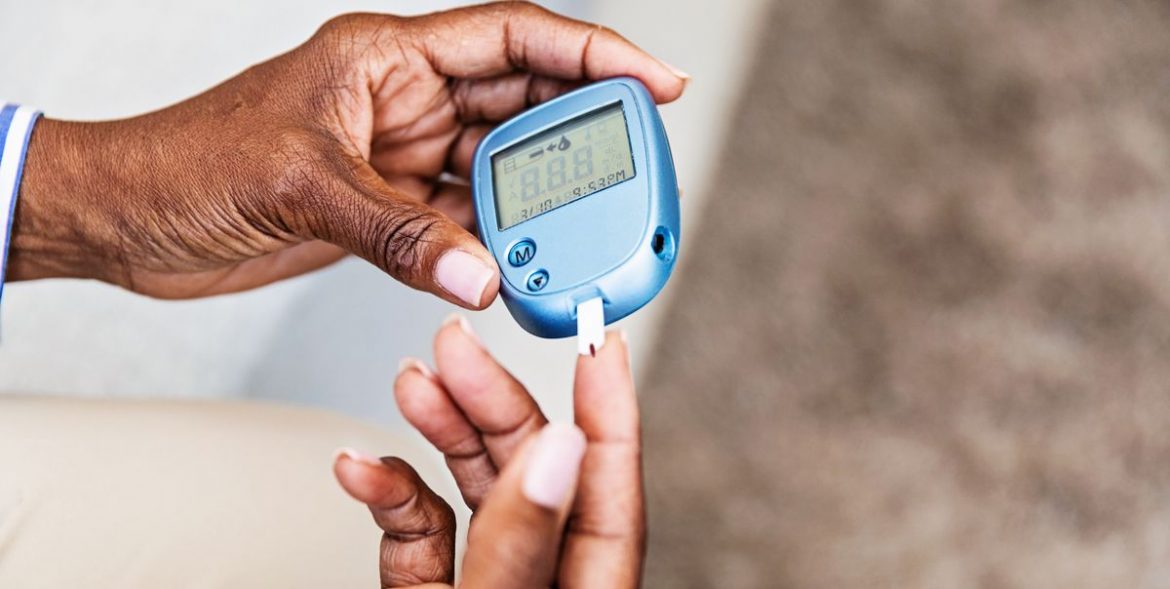Long-term blood sugar levels, known as HbA1c, can correctly predict the likelihood of eye and kidney complications in people with type 1 diabetes. This number should be less than 53 mmol/mol (7%), according to study. The study followed persons who were diagnosed with type 1 diabetes for more than 30 years.
Diabetes Care reported the findings. Diabetes can cause damage to the tiny blood arteries in many organs. The causes for this are unknown, although adequate blood sugar control has been recognised since the 1990s to minimise the likelihood of problems.
It has, however, not been clear what level of long-term sugar, HbA1c, people with type 1 diabetes should have in order to avoid serious damage to blood vessels in the eyes and kidneys.
“Our study determines accurately the levels of long-term sugar that can avoid complications. This knowledge can increase a person’s motivation to keep their blood sugar level under control,” says Hans Arnqvist, professor emeritus at Linkoping University and leader of the study.
Researchers in the current study, known as VISS (Vascular Diabetic Complications in Southeast Sweden), have followed all children and adults younger than 35 years who developed type 1 diabetes during the period 1983-1987, and who received care in the South-East Healthcare Region of Sweden. All 447 newly diagnosed persons in the region during this period were included in the study. The researchers followed the patients’ HbA1c values, which reflect their average blood sugar levels during a longer period. They have also monitored the development of eye- and kidney damage in these patients for a period of between 32 and 36 years after diagnosis.
The small blood vessels in the eye are particularly susceptible to damage in type 1 diabetes. Nearly all patients experience small haemorrhages in the eye that do not affect their vision. In some cases, new blood vessels develop in the retina. The latter is known as ‘proliferative retinopathy and can lead to blindness. Another effect of diabetes concerns the area known as the ‘macula’ of the retina, where high-focus vision is located. Damage here leads to blurred vision.
The kidneys are not as sensitive to high blood sugar levels as the eye, but the important small blood vessels here can also be damaged. One consequence of such damage is the excretion of blood proteins in the urine. Albumin is the protein with the highest concentration in the blood, and when it is present in the urine the condition is known as ‘albuminuria’. The damage to the kidneys eventually leads to impaired kidney function and, in serious cases, kidney failure. This is a fatal condition if untreated, and the patient must either undergo dialysis or receive a kidney transplant.
Controlling blood sugar levels
The blood sugar level in a healthy person is very closely controlled, with a maximum HbA1c level of 42 mmol/mol (6.0%).
“The results of our study show that people with type 1 diabetes for at least 32 years should keep their mean long-term sugar level below 53 mmol/mol (7.0%) if they are to completely avoid serious damage. The risk of an eye- and kidney complications increases as the level increases. Our conclusions relate to avoiding complications arising from blood vessel damage. But if a patient has problems with low blood sugar, hypoglycaemia, it’s not possible to control the blood sugar level-so strictly,” says Hans Arnqvist.
The HbA1c goal level established by the VISS research accords with the individual objectives set by the American Diabetes Association. Target levels are set for groups rather than individuals in Sweden.
The previous follow-up by the study group occurred 20 years after the disease’s beginning. The data demonstrate that damage has occurred at lower blood sugar levels after 30 years than was the situation after 20 years. Despite having blood sugar levels that are not greater than before, more people have incurred harm. In other words, it appears that the threshold for developing difficulties continuously decreases with time.
This means that the study does not allow any conclusions for the recommended blood sugar levels of people with type 1 diabetes longer than 30 years after diagnosis.
Also Read: Union Health Ministry to launch mega blood donations from Sept 17 onwards: Report





